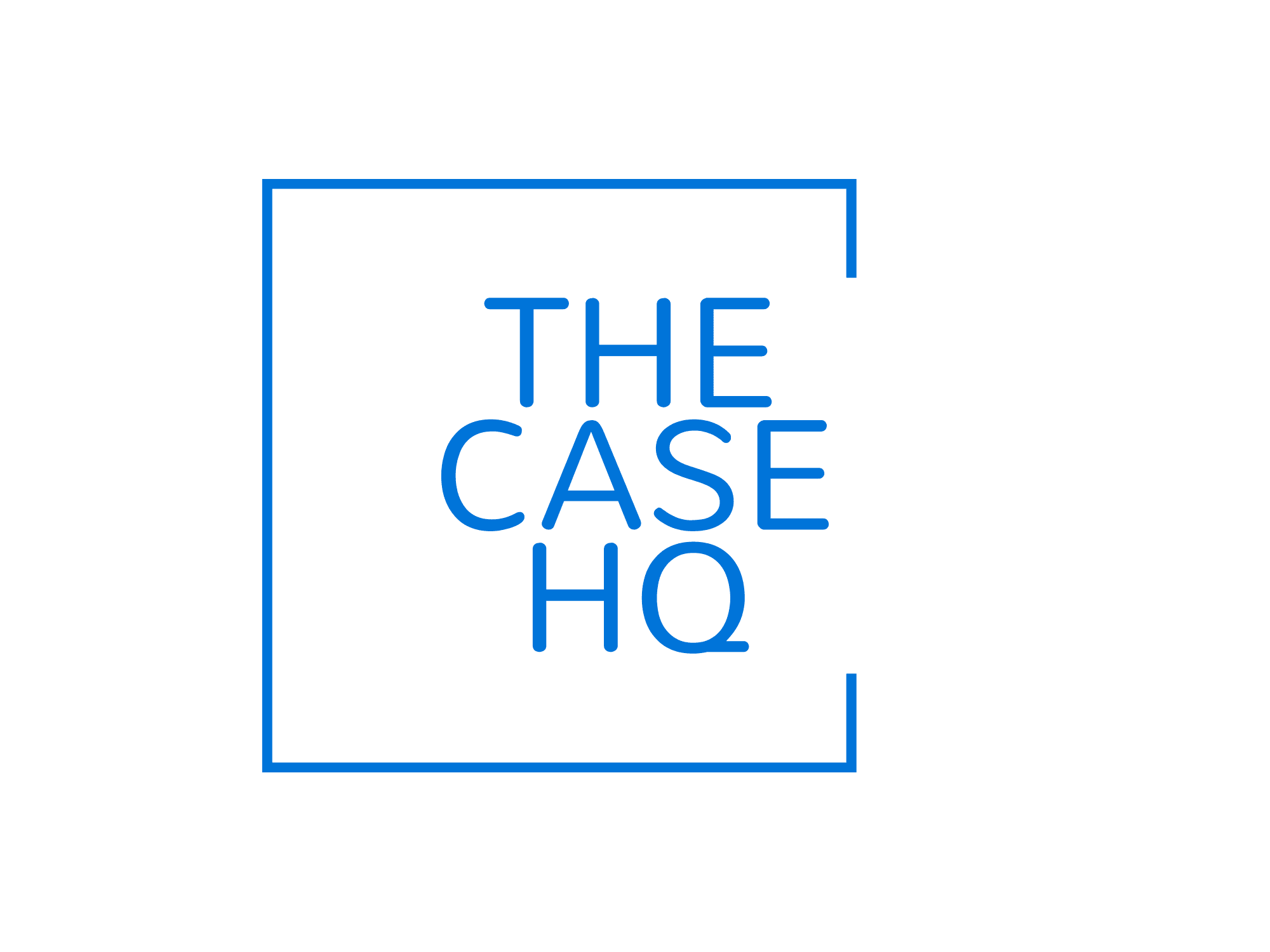Automating constructive feedback has long been a goal for educators who want to improve student learning while managing increasing workloads. With the advent of large language models (LLMs) like GPT-4, that goal is no longer aspirational, it’s reality.
In both traditional classrooms and online platforms, LLMs are reshaping how learners receive actionable, personalized, and consistent feedback at scale. From essay critiques to coding suggestions, AI can now help educators provide targeted support that enhances performance and deepens understanding.
Proven Strategies: How to Prepare for Your PhD Viva (Defence) Successfully
Why Feedback Matters and Why Automation Is the Key
Constructive feedback is a core driver of learning. It helps students understand their mistakes, reinforce concepts, and move forward confidently. However, educators often face challenges such as:
- Time constraints when giving individual feedback
- Inconsistency across graders or classes
- Limited detail due to workload
- Lack of real-time, actionable input
This is where LLMs step in.
How Large Language Models Automate Feedback
LLMs use deep learning to understand context, language structure, and subject matter. When applied in an educational setting, they can:
- Interpret open-ended responses (essays, case studies, reflections)
- Compare them to a rubric or model answer
- Generate personalized feedback with tone control and content relevance
- Suggest improvements in grammar, structure, clarity, and logic
LLMs like GPT can handle thousands of responses in minutes, making them ideal for platforms like The Case HQ, which supports global learners at scale.
Key Benefits of AI-Generated Feedback
1. Speed and Scale
Teachers can auto-generate feedback for hundreds of students at once—ideal for MOOCs, corporate L&D, and university classes.
2. Consistency
LLMs apply the same rubric logic uniformly, ensuring that all students receive fair and comparable comments.
3. Personalization
Feedback can be tailored to learning styles, prior performance, or tone preferences (supportive vs. direct).
4. Language Support
LLMs can adapt feedback to support multilingual learners, helping them grasp errors in their native language or simple English.
5. Formative Enhancement
Feedback can come mid-assignment or during revision phases, not just after final submission—supporting continuous improvement.
Real-World Example: GPT Feedback Assistant
Imagine a scenario where students submit a short reflective essay. An LLM automatically:
- Scores the submission using a rubric
- Highlights unclear arguments
- Offers a revised version of weak paragraphs
- Explains the rationale behind each suggestion
The teacher reviews and approves feedback before release, ensuring both speed and oversight.
Ethical Considerations
Automating feedback must be guided by responsible AI practices:
- Transparency: Students should know when feedback is AI-generated.
- Bias Checks: Ensure diverse datasets and prompt engineering are used to avoid stereotypes.
- Teacher Moderation: AI should assist not replace educators in final grading and dialogue.
Automating constructive feedback with LLMs is revolutionizing education. It frees teachers from repetitive tasks, empowers students with continuous insights, and makes learning more responsive than ever before.
Visit The Case HQ for 95+ courses
Read More:
Introducing the 5-Level Digital Transformation Certification Framework
Game-Changing Future of Education: How AI in Assessment is Revolutionising Learning
Powerful Strategies for Creating AI-Enhanced Assessment Rubrics in Modern Education
Smart Guide: How to Choose a PhD Research Topic That Stands Out
What No One Tells You About Starting a PhD—Essential Truths You Need to Know
Groundbreaking or Overhyped: Is Gen AI the Most Important Innovation Since the Printing Press?
The Rising Importance of Case Studies in Climate Change
Case Studies in HR: Shaping the Future of Work
Innovative Practices: How Case Studies Influence Product Design



Responses